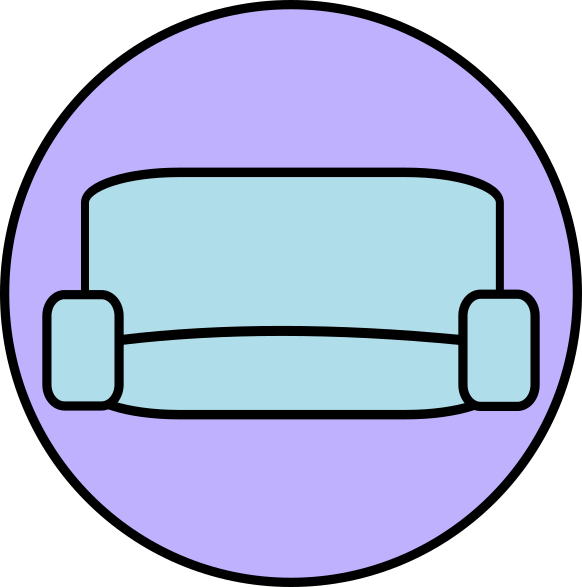

I’ve yet to see artists migrate here. The artists started on DA, Newgrounds, YT, Tumblr, etc. The professionals moved to Twitter.
Reddit started from geek & tech culture, not creatives. Its ability to foster discussion extended well to not just techies but to everyone. Most creatives I’ve seen shy away from Reddit.










Ooh does it light up? What is that unpopulated spot for?